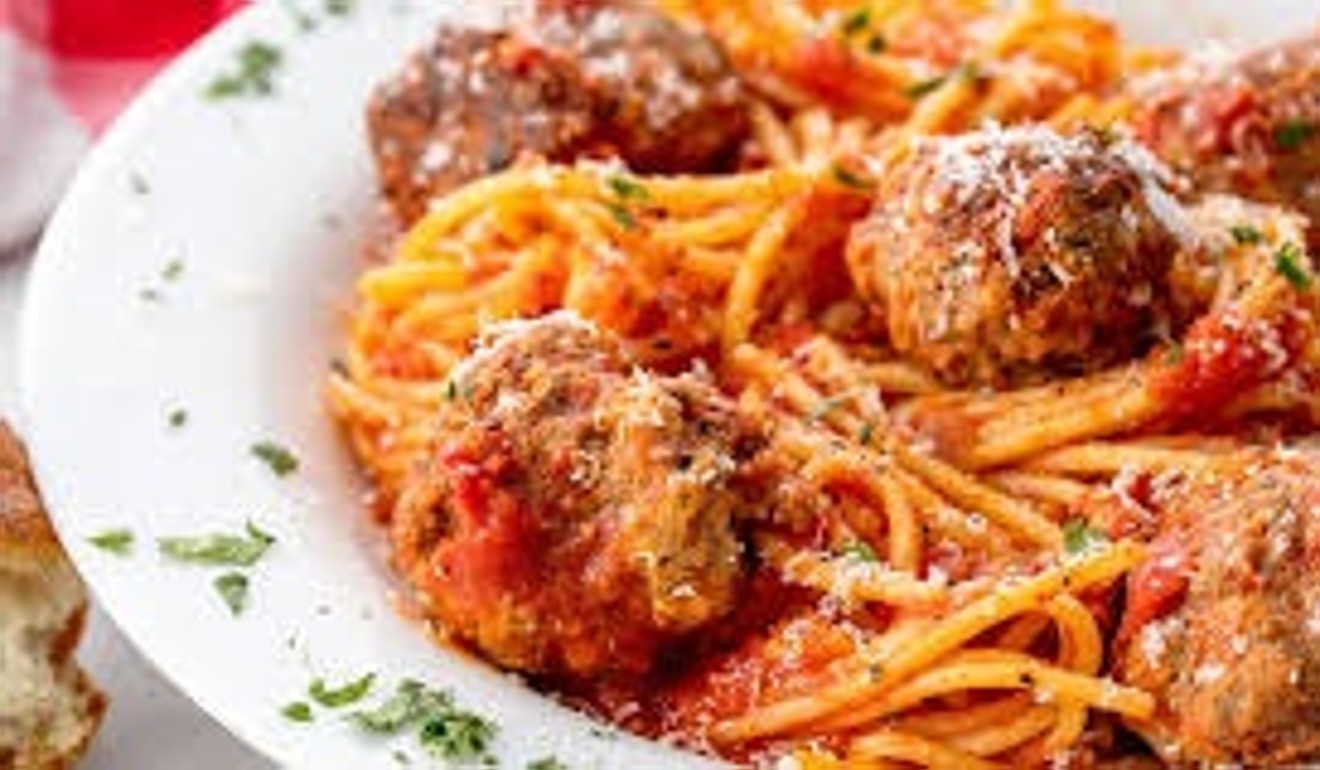
‘Little Martha Stewart’ chef brings la dolce vita and her love of genuine Italian cuisine to her restaurants in the Philippines
- Philippine chef Margarita Forés learned about Italian food at source: from Italians in Italy
- In her restaurants and bistros, she blends Italian dishes with produce from her home country

When Margarita “Gaita” Forés threw coins into Rome’s Trevi fountain for good luck on her first visit to Italy in the summer of 1971, little did she know that her wish to return to the country would be fulfilled so richly – and frequently – over the years.
She is now one of Asia’s most celebrated female chefs, and a household name in her home country of the Philippines, with restaurants that include the farm-to-table Italian joint Grace Park, and Cibo, a chain of Italian bistros. But the chef didn’t learn her craft by attending culinary school; instead, she gained her knowledge through visits to Italy, and by spending time cooking at home with Italian women.
A year after that first visit to Italy, Forés and her family were forced to move overnight from Manila to New York when dictator Fernando Marcos imposed martial law in the Philippines. Her family’s business and political connections meant that staying even a day longer was untenable.
Forés found herself living in New York during one of its waves of Italianisation. Authentic Italian restaurants were opening, serving risotto and fresh pasta, in marked contrast to the long-established places serving a very different cuisine: Italian-American. It also helped that she was working at luxury fashion brand Valentino, where she was exposed to authentic Italian cooking. She began preparing meals for her friends. “It was the time of Martha Stewart and I wanted to be little Martha,” she recalls.

In 1986, Forés went back to Manila after the EDSA “People Power” revolution had toppled Marcos. She found the pace of the city slow after New York, however, and asked her mother for permission to move to Italy and learn more about the country’s food.
“I had a friend at art school in Florence who introduced me to some women teaching cooking in their homes, including the fabulous Signora Innocenti. So I first went in September 1986 while also taking a language course, learning cooking in the morning and Italian in the afternoon,” she says.
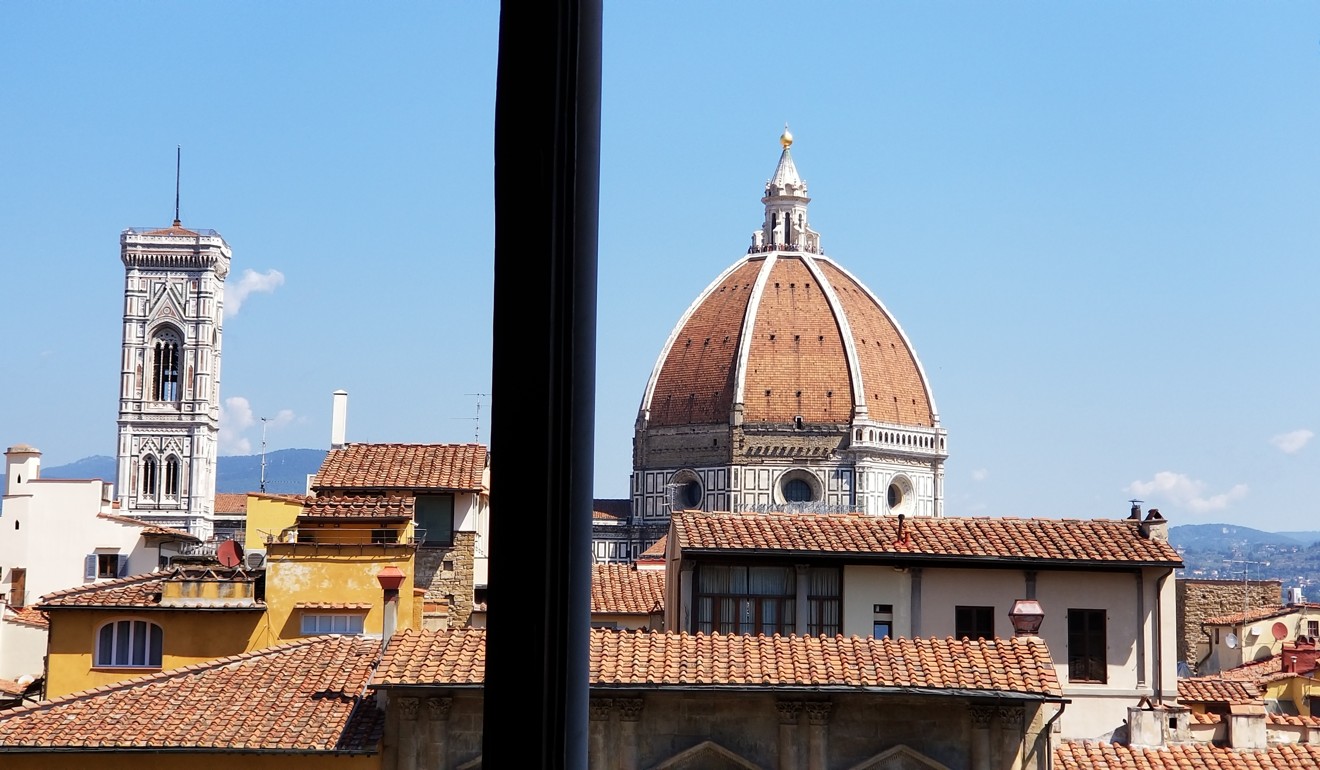
Forés stayed with an Italian family who would share their meals, then in class she would cook for her fellow students, using whatever she bought at the market.
“I learned dishes like fettunta, the Florentine version of focaccia – its all about beautiful olive oil, where you rub the bread with garlic and slap it on the grill. We also had focaccia with Italian pork crackling like chicharron, which reminded me of home.”
In Genoa, she learned to make pesto Genovese the traditional way, with pestle and mortar.

“If you do it with a food processor you kill it! It was a priceless way to understand what Italian cuisine is all about, the respect for ingredients. Italy is the country that best represents that respect for produce, the integrity of the cuisine and being purist about how things are done, so it was priceless to learn regional cooking.”
She also gained an appreciation for cucina povera, or Italian peasant cooking, that would later be made famous by chefs including Mario Batali.
Today Forés still travels three or four times a year to Italy to seek out the finest produce, wine, artisanal creations and restaurants. She makes sure to return to a number of favourite spots – places she recommends for those keen to discover the true essence and flavours of Italy.

“Tuscany is where I started, but Emilia-Romagna has the most iconic produce: prosciutto, Parmigiano, Balsamico di Modena. The region has a bit of a monopoly when it comes to DOP and DOC (Italy’s protected origin status for food) – they alone have close to 40 out of the 100-plus DOP denominations,” she says.
Then she mentions wild and beautiful Abruzzo, a three-hour drive north of Rome, and the Casadonna estate and vineyard on the site of a 16th century monastery. “It’s where chef Niko Romito created his stunning three-Michelin-star restaurant Reale, his legendary bread, his famous pastry called a bomba and his professional cooking school, Niko Romito Formazione.”
Surprisingly, she made her first visit to another Italian culinary Mecca – Sicily – just a few months ago. “At the Regaleali estate I had always dreamed of visiting Anna Tasca Lanza’s cooking school, as I had all her books in my library. It was so nice to meet her daughter and join her class.
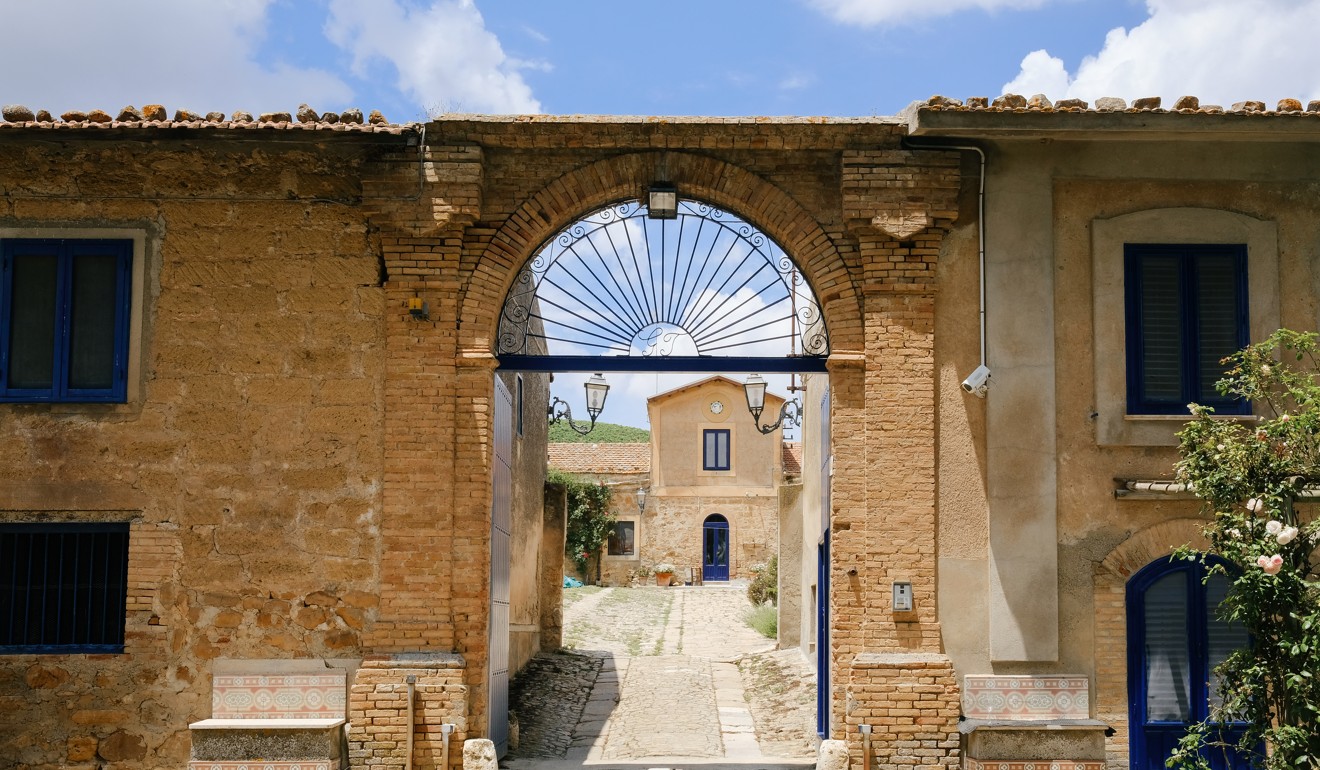
“We made cannoli, which was especially interesting as there was a disagreement between the estate’s home chef and Anna Tasca Lanza’s own cannoli recipe. What makes [their cannoli] great is that the ricotta [cheese] has been made fresh the day before.”
Then, of course, there’s the pasta. “They made us a beautiful home recipe with chickpeas and green beans, super simple but so good it blows your mind. There were also fava beans and home-made pecorino cheese, then five kinds of olive oil from the Regaleali estate. The wine, their Rosso del Conte, the whites, even the sparkling wine, the rosés, my God!” she exclaims.
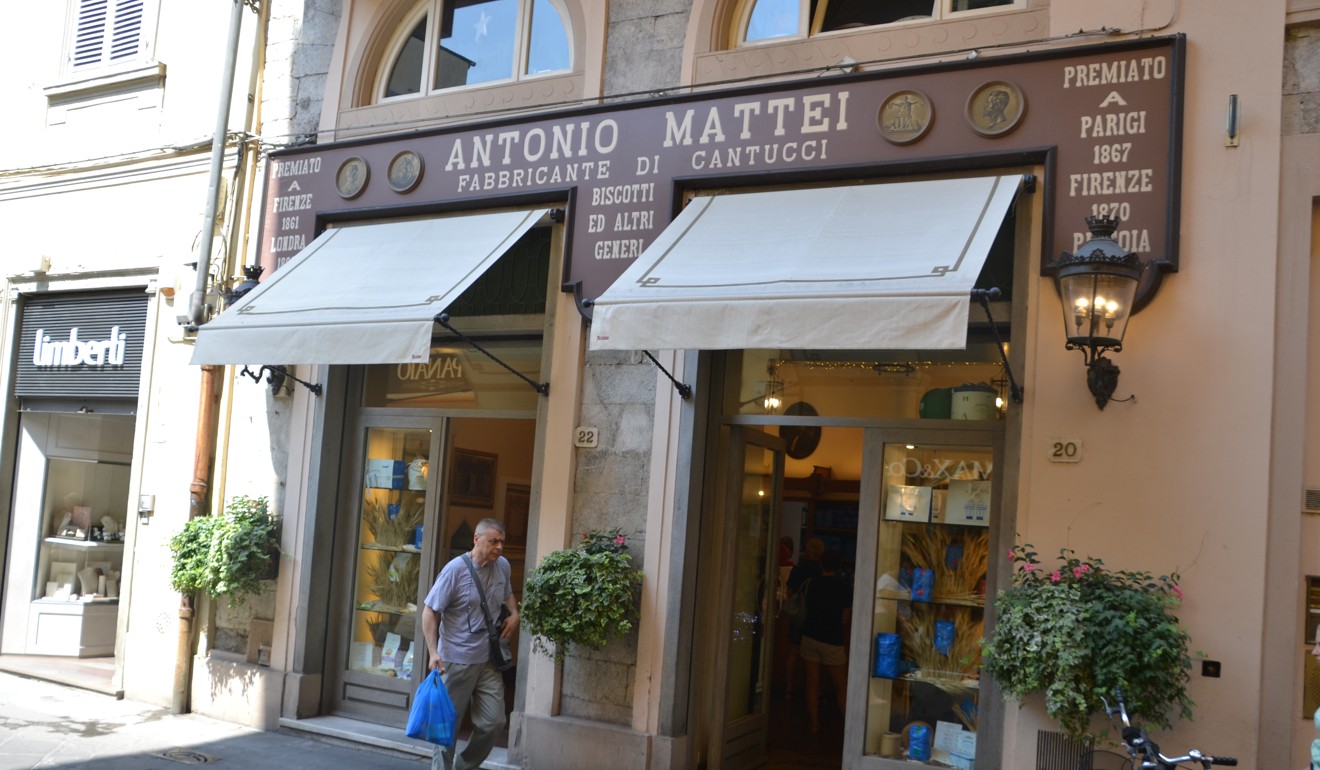
In Florence, she mentions the “super iconic” Mattei biscuits, handmade since 1858. “For me they were the first lesson in Tuscan food, dipping the biscotti or cantucci in Vin Santo. There’s a lot of that craft, and the whole idea of the Italian independent food artisan is still so alive in Florence,” says Forés.
Back in Manila, we meet at one of her restaurants, Grace Park.
The menu offers a mix of Italy and The Philippines, wherever possible celebrating her home country’s produce. One of her signature dishes is a stunning crab ravioli with river prawn and crab fat, called aligue.
“The crab was inspired by the seafood dishes I tried in Venice. We do it with calamansi [a citrus fruit] and top it off with beautiful baby crab fat.
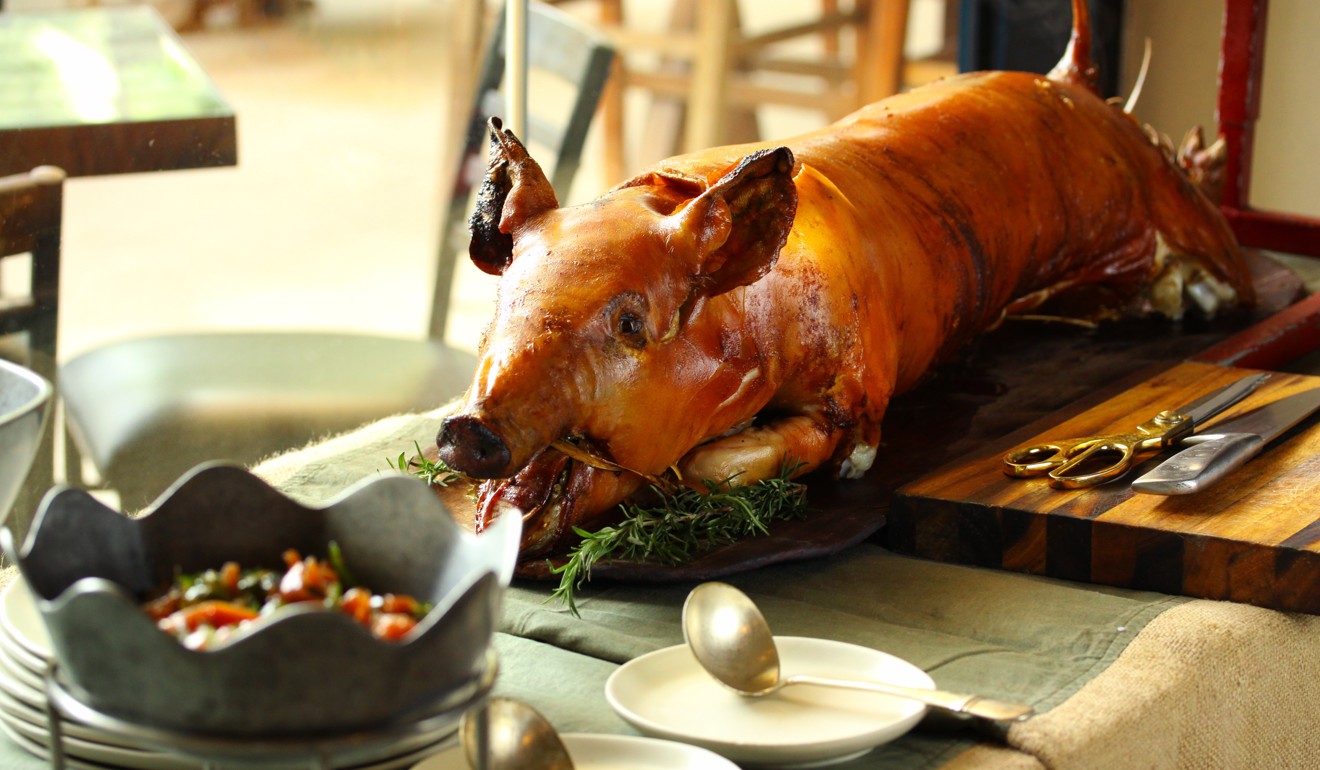
“Likewise doing a beautiful salad with local palm hearts and mushrooms, olive oil from Liguria with lemon and sea salt – it’s just Italian food in a different environment. We also serve prosciutto with chico, a local fruit, lamb adobo enriched by balsamic vinegar, or razor clams from Negros province that we bake with Parmesan.”
In addition to Grace Park, Forés’ portfolio of restaurants includes an elegant and swish champagne bar called Lusso, and Las Casas Manila, which serves Spanish Filipino food. But it’s her chain of restaurants called Cibo that has the most enduring appeal. The first Cibo – which means “food” in Italian – opened in 1997, and today there are 12 restaurants.
“When I opened the first Cibo in Manila in 1997, Italian food in the Philippines was not exactly authentic. It was lasagne or spaghetti carbonara made with cream. You’d get strung up in Italy for that. That’s why we call cream and bacon sauce on our menu giotta or ‘the glutton’. I’m so purist,” she says.